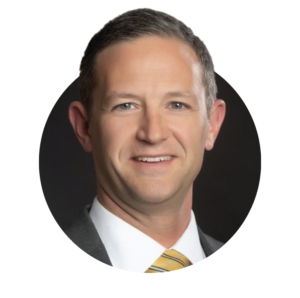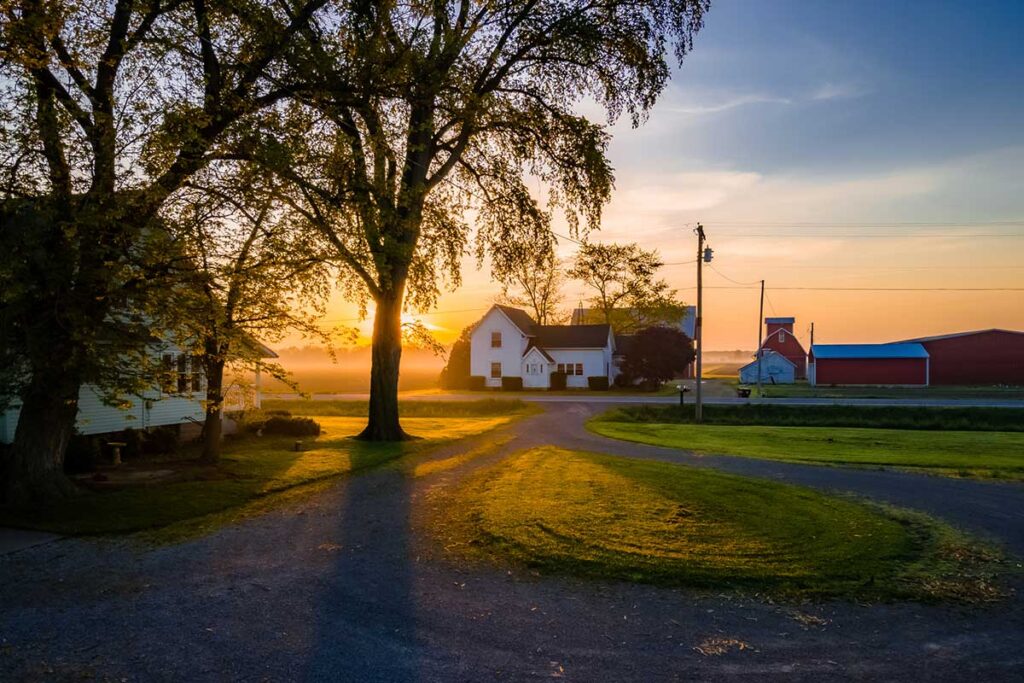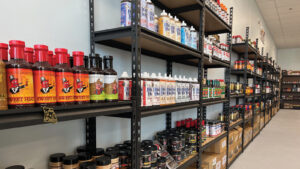Farming these days is high-tech, from color-coded maps of soil quality and moisture that can pinpoint the allocation of fertilizer and seed planting density to the evolution of small tractors generations ago, to bigger tractors, to huge machines that are at least semi-self-driving.
Like how auto mechanics have become more computer technicians than stereotypical grease monkeys, modern agriculture sure ain’t some hayseed cracking the whip on a team of mules through the mud.
Farming is weather dependent, taking wisdom — with courage and chance — and as growing season conditions shift, so can one’s financial prospects for the whole year. But for many, hitching one’s wagon to Mother Nature for their livelihood trumps dependence on Washington, Wall Street, or working for The Man in town.
Agriculture also progresses in the chemistry lab, with more types of hybrid seeds than you can shake a stick at. Biofuels from corn, soybeans, switchgrass, algae, or what have you can be grown to run vehicles down the road, or through the field.
While hothouses grow high-margin crops like asparagus and saffron, since legalizing marijuana, cannabis growers can’t seem to keep up with demand for retail dispensaries which have sprung up like dandelions.
While some agricultural activities have concentrated or gone indoors, the name of the game is still largely using big tracts of land for plants to gather energy from sunlight to give us energy. Whatever crop or pasture, hunting ground, or erosion buffer, farmers determine the highest and best use to maximize their precious land resource.
As cities like COMO have continued to attract new residents, townsfolk need to live somewhere, so greenfield development has expanded its footprint on the edges of the city limits, on what often used to be farmland or wild country.
After WWII, GIs came to Mizzou and this town has continued its modern growth spurt. Old-timers reminisce how West Boulevard was a gravel road, beyond the edge of town, where they hunted rabbits.
I recall as a kid before the Columbia Mall was built, it was a cattle field, and Stadium Boulevard was a modest two-lane road, getting backed up on football Saturdays. Now the previously sparse rolling hills west all the way to the cliffs of Perche Creek are filled with houses.
Land use on the edge of towns and beyond gets controversial, and longtime residents of what had been a rural area get sore about it. Whenever a new subdivision gets proposed it’s like it’s some big surprise that people keep coming to our nifty town. They have to live somewhere, so if urban sprawl is bad, and infill density ruins historic neighborhoods near the city center, people go to unincorporated Boone County, or neighboring towns like booming Ashland, where lots of former farmland has been transformed into modern developments.
MidwayUSA was just beyond Perche Creek for years but needed a new sewer line. A sewer bond was passed by voters who were pretty much explicitly told the bond would fund a sewer line to Midway. The costs got complicated later, but elected officials in City Hall seemed to have a change of heart that Perche Creek was some perpetual moat around COMO, so they didn’t appear to want to work something out.
So the owner, successful entrepreneur Larry Potterfield, up and built a new headquarters further out of town, perpetually beyond the reach of Columbia’s infrastructure uncertainty (and taxing authority). Neighbors on Route J weren’t pleased about a huge new factory replacing pastoral rolling rural countryside.
As energy production demands long-term shifts toward renewables, there is a movement to accelerate the local municipal power grid to 100 percent renewable energy sources by 2030. One would also imagine a strong desire for green energy production locally, too. But not necessarily.
It’s not especially windy in COMO, but the best spot for wind turbines in Boone County is in the northwest corner near Harrisburg. A company was working with a landowner there to build a modest wind farm, but county zoning officials shot it down — not by outright outlawing it, but via a more passive-aggressive ban with requirements such as extra wide property boundary setbacks and height limitations that would handcuff any project there, making it impossibly uneconomical.
However, in free-wheeling Callaway County, several solar farm projects in the works ran into complaints. Without strict zoning in unincorporated areas, there’s nothing to really stop these newfangled land uses in previously pastoral countryside. The complaint then focused on putting down gravel and metal panels to cover the ground, which opponents claimed would ruin otherwise productive soil, so that ain’t right.
What’s the highest and best use for a plot of land? A cow field? Row crops? Residential neighborhood? Shopping center? Fallow prairie? Religious retreat center?
Who determines that? The rightful landowner? The most vocal neighbors? Politicians in the county seat or state capitol?
Meanwhile, urban decay has left numerous residential lots in COMO’s city center as redevelopment white elephants, so some are going in the other direction: back to farmland. Landowners Mark and Carol Stevenson allow the Columbia Center for Urban Agriculture to operate the ever-expanding Veterans Urban Farm near College Avenue.
Maybe bring back the old Bull Pen cattle auction barn on East Business Loop, too.
Local Mizzou retiree Kee Groshong has the balance of traditional and modern figured out. He maintains a legacy acreage along West Boulevard with tractor sheds and helps run the historic steam engine grounds out near Boonville. While he unquestionably bleeds black and gold, Kee clearly prefers his tractors green.

Steve Spellman is a lifelong Columbia-area resident and political observer.










